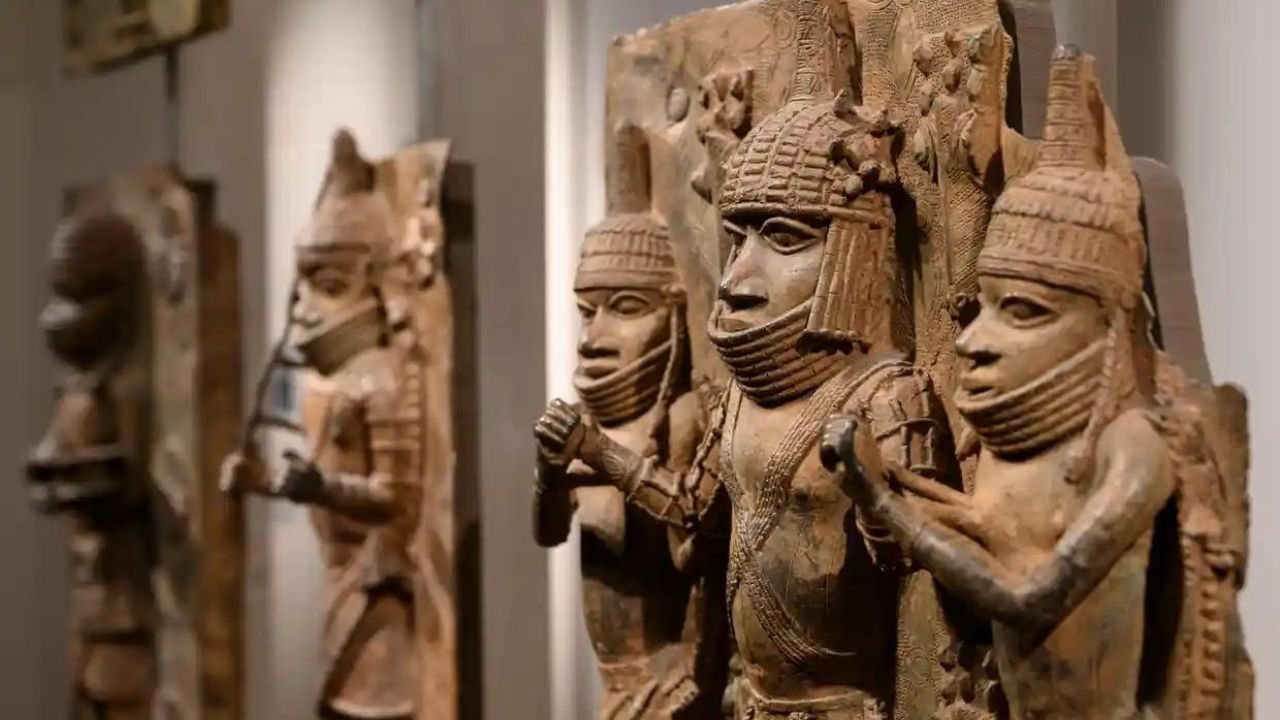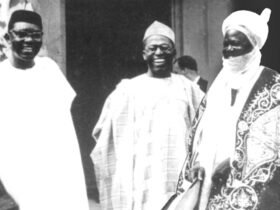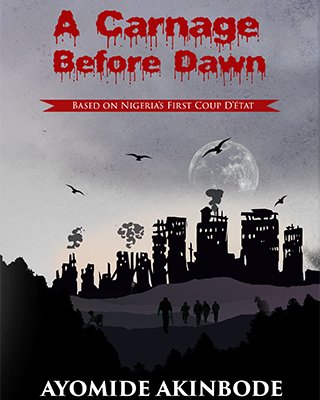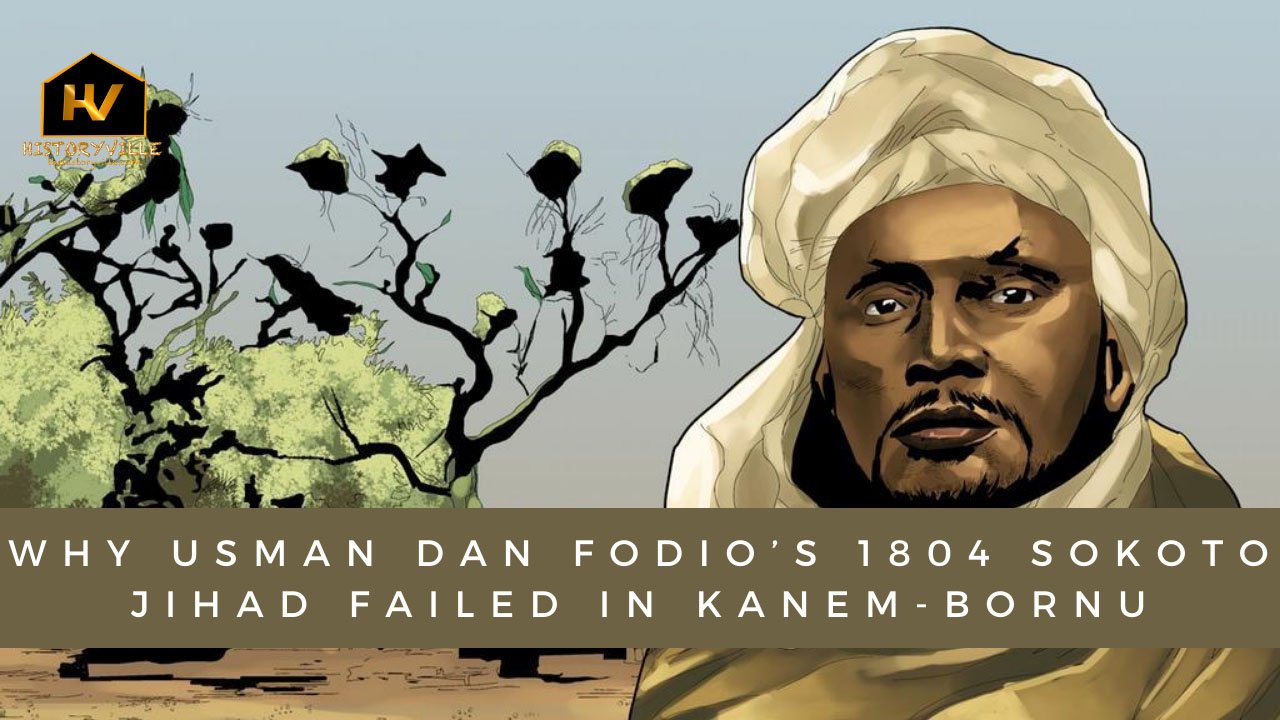No products in the cart.

The Benin Bronzes, created by the Edo people of the Kingdom of Benin from around the 13th century onward, represent a significant artistic evolution that can be traced back, in part, to the earlier Nok culture. While separated by time, geography, and political context, both the Nok terracotta figures and Benin Bronzes reflect continuity in the artistic and metallurgical traditions of West Africa, demonstrating how early cultural achievements laid the foundation for later developments.
The Nok culture, which thrived from around 1500 B.C. to 300 A.D., is known for its remarkable terracotta sculptures. These finely crafted, highly stylised figures were not only art forms but likely held spiritual and symbolic significance. The technical expertise required to create these sculptures, particularly in terms of firing and shaping clay, suggests a society that had already begun to experiment with and master complex forms of artistry.
In addition to their work with terracotta, the Nok people were among the earliest African cultures to practice iron smelting, a technological breakthrough that had far-reaching implications for later societies. While Nok artists focused primarily on clay, the ironworking tradition they developed would evolve over centuries, influencing the metalworking skills of subsequent African civilisations.
By the time the Kingdom of Benin rose to prominence in the 13th century, the Nok’s early advancements in both art and metallurgy had paved the way for a new era of West African craftsmanship. The Benin Bronzes, made primarily from brass and bronze, are celebrated for their incredible detail and intricate depictions of historical events, royalty, and the spiritual life of the kingdom. The artisans of Benin took metalworking to new heights, producing pieces that demonstrated a deep understanding of casting techniques, learned over generations, and an ability to create lifelike representations of human figures and scenes.
Contents
Making the Benin Bronzes
The creation of the Benin Bronzes, renowned for their intricacy and beauty, relied on an ancient method known as lost-wax casting, a technique that allowed artisans to produce highly detailed metal sculptures. The process began with the careful modelling of the desired figure in wax. This wax model, intricately moulded and carved to replicate the final piece, captured every fine detail the artist wished to see in bronze.
Once the wax model was perfected, it was coated in layers of clay. The first layer of clay was thin and delicate, designed to capture even the smallest details of the wax figure. Subsequent layers of coarser clay were applied to provide strength to the mould. After the clay had dried and hardened, the entire piece was heated in a kiln. The heat caused the wax inside the mould to melt and flow out, leaving behind a hollow cavity in the shape of the original model—a step that gives the technique its name, “lost-wax.”
With the mould now empty, the next crucial stage began. Molten bronze, a mixture of copper and tin, was carefully poured into the hollow mould. The metal, heated to a high temperature, flowed into every crevice of the mould, ensuring that even the most intricate details of the original wax model were preserved. After the bronze cooled and solidified, the clay mould was broken away, revealing the rough bronze sculpture within.
However, the process did not end there. The bronze piece still needed finishing touches. Rough edges left by the mould were smoothed, and any imperfections were meticulously corrected. Artisans would also use fine tools to enhance details through a process known as “chasing,” engraving additional features onto the metal surface. Some bronzes were also treated with chemical patination to alter their colour and give them a more aged or textured appearance.
Through this labour-intensive and precise process, the Benin artisans created their legendary bronzes—works that not only demonstrated extraordinary craftsmanship but also depicted the cultural and historical richness of the Benin Kingdom. The lost-wax technique allowed them to achieve a level of detail and sophistication that has made these bronzes some of the most admired artworks in world history.
Impact of the Benin Bronzes on the Benin Kingdom
The Benin Bronzes had a profound and lasting impact on the Benin Kingdom, serving not only as extraordinary works of art but also as vital symbols of political power, spiritual authority, and cultural memory. Commissioned primarily by the Oba, the king of Benin, these intricate metal sculptures adorned the royal palace and played a key role in reinforcing the Oba’s divine authority. Many bronzes depicted the king himself, along with courtiers, warriors, and significant historical events, visually asserting the kingdom’s wealth and the Oba’s supremacy. By commissioning these works, the Oba not only celebrated his reign but also solidified his legitimacy, using the bronzes to project power both within the kingdom and in diplomatic relations with foreign entities.
Despite the differences in materials and methods, the Benin Bronzes inherited the artistic values of the Nok sculptures.
Beyond their political significance, the Benin Bronzes also acted as historical records, capturing important moments in the kingdom’s past. In a culture that relied heavily on oral traditions, these metal sculptures served as visual documents, preserving the memory of past Obas and key events for future generations. The bronzes, thus, became integral to Benin’s storytelling tradition, linking past rulers to present ones and ensuring the continuity of the kingdom’s history.
The bronzes also held deep religious and spiritual importance. The Oba was viewed as a semi-divine figure, and many bronzes depicted him alongside deities or ancestral spirits, emphasising his connection to the spiritual world. Used in religious ceremonies and rituals, these works reinforced the Oba’s role as both a political leader and a spiritual intermediary between the people and the gods. In this way, the bronzes served not only as artistic creations but also as sacred objects that maintained the kingdom’s religious order.
Economically, the Benin Bronzes were a testament to the kingdom’s prosperity and technological advancement. The production of such complex and intricate metalworks reflected the high level of craftsmanship in the kingdom, as well as its thriving economy. Artisans who specialised in bronze casting were part of guilds sponsored by the royal court, and their work contributed to both the kingdom’s wealth and its social hierarchy. Additionally, the bronzes often served as diplomatic gifts to foreign leaders, showcasing Benin’s sophistication and cementing its influence in regional and international politics.

Culturally, the Benin Bronzes became emblematic of the kingdom’s artistic excellence. While many were looted during the British punitive expedition of 1897, their display in European museums brought global attention to the artistic achievements of Benin. Despite their loss, the bronzes remain powerful symbols of the kingdom’s cultural legacy, representing its rich history, craftsmanship, and spiritual depth.
In essence, the Benin Bronzes were far more than art objects; they were key instruments of power, religion, history, and diplomacy in the Benin Kingdom. Their impact continues to resonate, not only as symbols of the kingdom’s grandeur but also as enduring legacies of African cultural and artistic history.
Where are the Benin Bronzes?
The Benin Bronzes, looted during the 1897 British invasion of Benin, are now scattered across museums and private collections around the world, with the majority held in Europe and the United States. In the United Kingdom, the British Museum possesses the largest collection of these artefacts, housing over 900 pieces, including plaques, sculptures, and ivory carvings. Other institutions across the UK, such as the Victoria and Albert Museum and the Pitt Rivers Museum, also hold notable collections. These bronzes, taken during the violent colonial raid on Benin City, remain central to ongoing debates about restitution.
Germany also holds a significant number of Benin Bronzes, with the Ethnological Museum of Berlin containing one of the largest collections outside the UK. Germany has played a key role in the restitution efforts, with the Berlin Museum transferring ownership of numerous pieces back to Nigeria in 2022. Other German museums in cities like Hamburg and Stuttgart are similarly involved in these discussions.
In the United States, the Metropolitan Museum of Art in New York holds several bronzes, and in 2021, it returned two pieces to Nigeria, joining a broader global movement toward restitution. Other American museums, such as the Smithsonian’s National Museum of African Art in Washington, D.C., and the Museum of Fine Arts in Boston, also house Benin artefacts.
France is another country where Benin Bronzes are held, with the Musée du Quai Branly in Paris having a substantial collection. In 2021, France took significant steps toward restitution by returning 26 pieces of Benin art to Nigeria, marking a shift toward a more active return of these looted treasures. Belgium, Austria, the Netherlands, and Sweden are also home to Benin Bronzes, with museums in these countries increasingly participating in repatriation discussions.

In Nigeria, the National Museum in Lagos holds a limited number of Benin Bronzes, a fraction of what was taken during the 1897 expedition. However, there is a growing movement to bring more of these works back to their homeland. The construction of the Edo Museum of West African Art in Benin City, located near the historic site of the original palace, is a key part of this effort. This museum is being designed to eventually house many of the returned artefacts, restoring them to a location close to where they were created and originally displayed.
In recent years, there has been mounting pressure on museums worldwide to return the Benin Bronzes to Nigeria. German and French institutions have led the way, while others, including the British Museum, are engaged in ongoing talks about repatriation. The movement is driven by a growing recognition that these bronzes were not mere art objects but vital cultural, spiritual, and historical symbols of the Benin Kingdom. As museums gradually agree to return these treasures, Nigeria hopes to rebuild and reclaim the rich cultural heritage disrupted by the events of 1897.
The Benin Bronzes as a successor to the Nok terracotta sculptures
The Benin Bronzes represent a remarkable evolution of artistic tradition from the earlier Nok terracotta sculptures, highlighting a deep continuity and advancement in West African art and culture. The Nok culture, which thrived in what is now Nigeria from around 1500 B.C. to 300 A.D., is renowned for its intricate terracotta sculptures. These early works, characterised by their stylised human figures and expressive facial features, set a foundational precedent in African art, reflecting a sophisticated level of craftsmanship and cultural significance.
Over the centuries, the techniques and artistic traditions of the Nok culture influenced subsequent civilisations in the region, including the Kingdom of Benin. By the time the Benin Bronzes emerged in the 13th century, Benin artists had adopted and expanded upon the artistic heritage established by the Nok. While the materials and methods evolved—moving from terracotta to bronze—the core principles of detailed representation and symbolic expression remained central.
The Benin Bronzes, created primarily in brass and bronze, are celebrated for their intricate design and high level of craftsmanship. Unlike the Nok terracotta figures, which were made from clay and fired in kilns, the Benin Bronzes were produced using the lost-wax casting technique, a sophisticated metalworking method that allowed for greater detail and durability. This evolution in material and technique enabled Benin artists to create lifelike and detailed depictions of human figures, including the Oba (king), his courtiers, and significant historical and ceremonial scenes.

Despite the differences in materials and methods, the Benin Bronzes inherited the artistic values of the Nok sculptures. Both traditions reflect a deep respect for detail, symbolism, and the role of art in conveying cultural and spiritual meanings. The Benin Bronzes continued the Nok tradition of using art as a medium to express social and political status, religious beliefs, and historical narratives.
The transition from Nok terracotta to Benin Bronzes illustrates not only a technological and material advancement but also a continuity of artistic and cultural practices. The Benin artists built upon the legacy of their predecessors, integrating new techniques and materials while preserving the fundamental artistic values that had been established by the Nok. Thus, the Benin Bronzes can be seen as a successor to the Nok sculptures, representing an evolution in West African art that both honours and transcends its historical origins.
Please stay connected with us through our social media handles and make sure you are subscribed to our YouTube Channel. Together, let’s keep the stories of Nigeria’s past alive.









Leave a Reply
View Comments